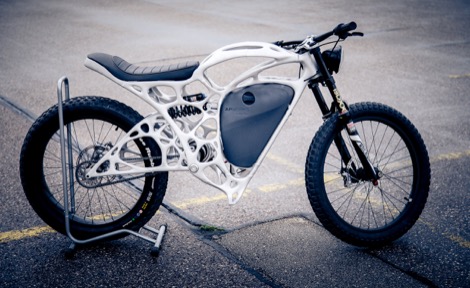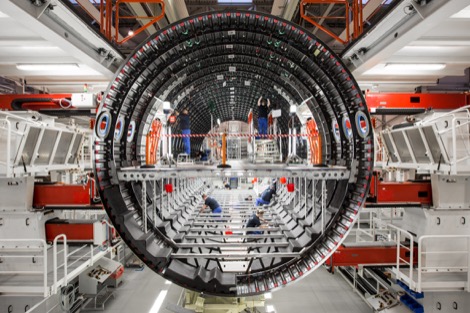
It looks like the aerospace industry is starting to take the metals additive world seriously – we’re seeing more and more exploration of the potential of the technologies available, both as research projects as well as commerical activities.
A solid indicator is the news that Airbus is selling its additive manufacturing research and development lab, APWorks, to aerostructures specialists and Tier 1 suppliers Premium Aerotec for an undisclosed sum.
Premium Aerotec was the first aviation supplier able to introduce 3D printed titanium components into the structure of aircraft, and states that it has ‘full capability’, covering the entire additive manufacturing process chain, from product conception to development, printing and the downstream process steps.

One of Premium Aerotec’s facilities
It’s an interesting move: There’s a lack of knowledge in the additive manufacturing world and as many organisations look to get into the game, for whatever reason, are trying to hire the best talent out there.
APWorks has developed a knack for showcasing both the potential for the processes, materials and clever design/engineering as well developing some interesting new materials – in particular, Scalmalloy (an Aluminium with a small amount of Scandium that gives it superpowers).

APWorks played a roll in the collaborative 3i-PRINT project
Why is Scalmalloy interesting? The answer is that while the composition of the material is protected, the addition of Scandium (and Magnesium) brings Aluminium’s properties much closer to Titanium-based alloys, presumably at a much lower cost and lighter weight.
There’s some interesting reading about the subject here, here and here.






